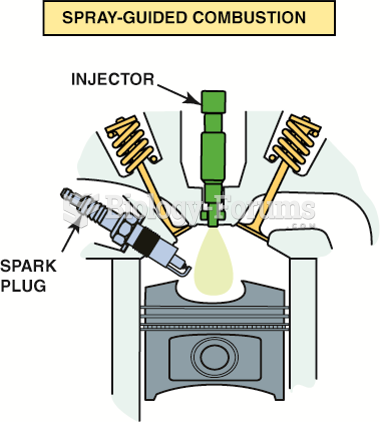Answer to Question 1
Answer: Research on the application of self-regulation theory to coaching and sport development has suggested that young athletes can be trained in a way that makes them self-regulating. This leads to enjoyment of the sport. In our program, coaches would be trained to provide autonomy-support. Young athletes would not be pressured to either participate or win at their sport. They would be encouraged to work on skills that are challenging, but not beyond their range. They would be given clear tasks and specified goals that would be positively reinforced when accomplished to meet competence needs. . Coaches would be always present and highly involved to meet relatedness needs and, in addition, interaction with other training athletes would be encouraged. Throughout the process athletes would involved in decisions on directions and goals to encourage autonomy needs.
Answer to Question 2
Answer: The textbook suggests that eventually everyone adopts a particular style or orientation to causality based on their basic nature (traits) combined with a lifetime of experiences. The authors suggest that the extent to which one has their needs for autonomy, competence, and relatedness met, as well as the manner in which they are or are not met, forges a causality orientation, or typical way of self-regulating. They suggest that one adopts one of three orientations: autonomous, controlled, and/or impersonal. The autonomous orientation describes the degree to which people interpret a situation as autonomy supportive. This orientation is the result of a lifetime of having all three basic needs met successfully. A controlled orientation is acquired when ones experience is that of having their needs for competence and relatedness satisfied, but their need for autonomy has not been consistently met. An impersonal orientation is the result of consistently having all three needs thwarted and results in a life of detachment and apathy.







